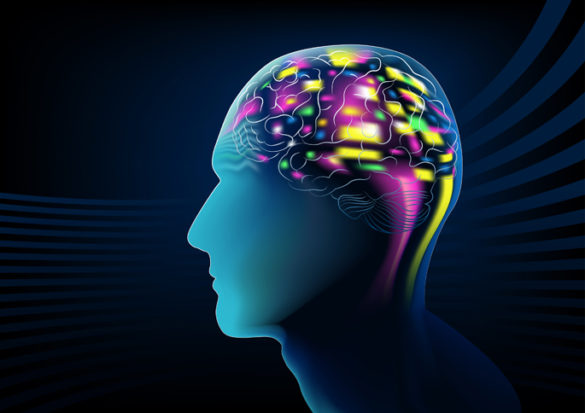A reward center in the brain — the nucleus accumbens (NAc) — integrates inputs from multiple brain regions to drive motivated behaviors. Metabotropic glutamate (mGlu) receptors regulate the strength of neuronal connections in the NAc, and these connections are impacted by drugs of abuse. How different mGlu receptors control NAc inputs from discrete brain regions is unclear.
Brandon Turner, Brad Grueter, PhD, and colleagues used transgenic mice and optogenetics — a technique to control and monitor the activities of individual neurons — to define mGlu receptor regulation of NAc signals from specific brain regions.
They identified unique roles for mGlu1 and mGlu5 in regulating synapses from prefrontal cortex and medio-dorsal thalamus (MDT), respectively. Cocaine exposure blunted mGlu5-mediated changes in MDT synapses, and this effect was reversed by a drug that augments mGlu5 function.
The results, reported in the journal Neuropsychopharmacology, broaden understanding of reward circuitry. They also suggest that targeting mGlu5 may have therapeutic potential for treating the neuronal changes that occur following substance abuse.
This research was supported by a grant from the National Institute on Drug Abuse (DA031699).
Send suggestions for articles to highlight in Aliquots and any other feedback about the column to aliquots@vanderbilt.edu

















